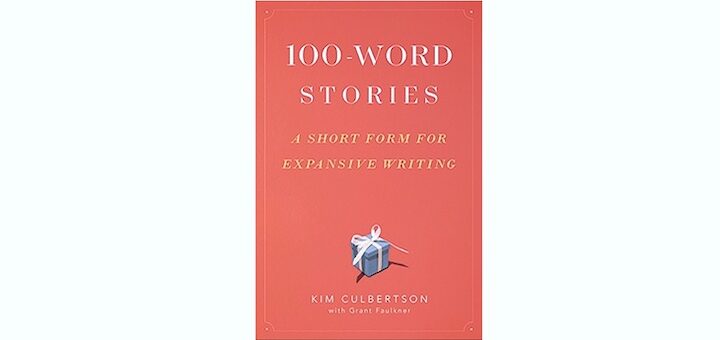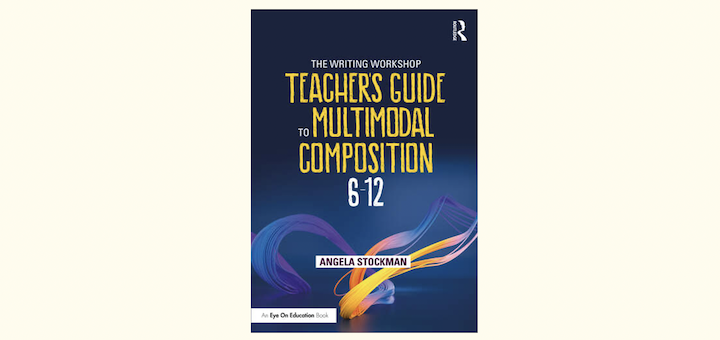How We Can Become Better Writing Teachers
Anderson and Glover have authored a helpful, easy-to-follow book, writes veteran teacher Elisa Waingort-Jiménez. Their eight strategies center on specific craft and genre moves that will help teachers become better writers as they help students develop their own skills.


















